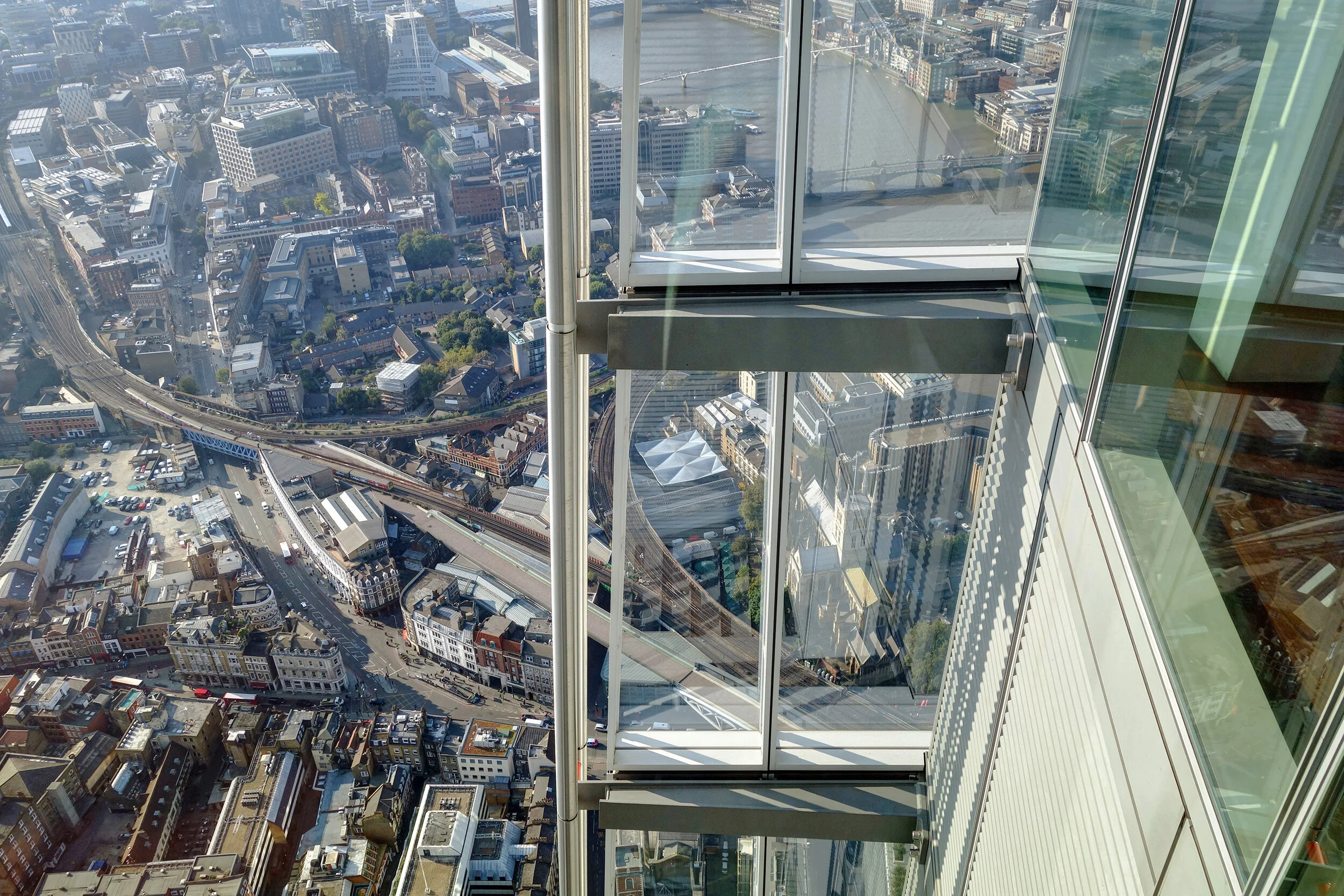
Page 8 of 10
Salisbury, England
She's gonna find another way back home, it's written in her blood, oh it's written in her bones
France. Norway. Denmark. Now we’re in England, where we’ll be through the rest of the slideshow. The thing to see in Salisbury is its Cathedral, which was the state of the art in the 1200s and is still holding up pretty well today. I have seen a lot of cathedrals and they all most certainly contain the capacity to feel kind of redundant, although if you look hard enough, there's always a reason that every cathedral stands above the others. In Salisbury's case there are three things that really stand out. First is that it's a lot brighter inside than the standard, dark cathedral. That brightness is attributed to the fact that the stained glass isn't all that stained, allowing clear light directly into the nave. The second thing is the Cathedral's Close, its grounds and support buildings. A lot of cathedrals are right in the city, this one is in a piece of parkland, removed from the nearest H&M or M&S by some wonderfully maintained lawns. And finally there is the cloister, a terrific space attached to the cathedral with a real claim to fame, a display of Salisbury's original copy of the Magna Carta and one of only four surviving copies, which looks pretty good after 799 years of being the most important written thing in Salisbury.
As long as there has been this blessed plot, this realm, this earth, this England there has been a Sarum (or Salisbury, depending on the fashion of the times). In even the oldest records of the country, Sarum is mentioned. The city was located atop an easily protected lone hill with easy to defend views in all directions. Conquering Romans and Normans knew this, but in the early 1200s they decided to move down to the valley by the river to New Sarum (or New Salisbury), dooming the fate of Old Sarum. Today there is nothing left of Old Sarum but the hill and the always dry moat, the cathedral is gone and Henry the Eighth sold off the castle for its stone. And in case you were wondering, you can climb up Salisbury Hill to see the city lights, but even if the wind is blowing and time stands still, at least you won't have to worry about running into Peter Gabriel- Solsbury Hill is a completely different place and a good thirty miles away out near Bath.
Sure Salisbury is interesting, but the cathedral and Old Sarum aren't really that good of a reason to make the trek all the way out there (although writing about Old Sarum is a great excuse to include annoying Shakespeare and Peter Gabriel references). The real reason to go to Salisbury is that it's real close to one of the most single famous sites on earth.
Without a car (which I am generally loathe to rent when traveling internationally), the best way to get out to Stonehenge is to take a train out from Waterloo Station in London, then take the official (and only) bus that leaves Salisbury’s rail station once an hour, making stops at the Stonehenge Visitors Center and Old Sarum. Your ticket comes with admission to Stonehenge and the bus has prerecorded information (English only) about what your seeing and what you're about to see. Once you get to the visitors center, there's another line and a short shuttle bus to take you the final few miles out to the monument, to finally see what you came all that way to see.
It's easy not to be impressed by Stonehenge. First off there are a lot of annoying people everywhere basically taking pictures of themselves with Stonehenge behind them as opposed to them actually spending their time looking at it. And you can't walk inside the stone circle, in fact from the outside it's pretty damn hard to even picture it as a circle. It's a bunch of rocks you could easily say, nothing more, nothing less.
What was most impressive to me about Stonehenge had nothing to do with secret druid rituals or some magic ley lines or fictional fifth dimension mysterious space aliens who use gravity to communicate through time, but rather its longevity. For five thousand years this site has been important, and as you look at the landscape you can start to understand that. For decades, centuries and millennia, important people were buried within sight of Stonehenge. As you scan the horizon, earthen mound burial sites can still be seen in every direction, physical reminders of so many people lost to memory and lost in time.
Back at the visitors center, you’re too far away to see the stones but you can see something even better. Standing out from all of the models and interactive screens and interpretive graphics, there is one amazing piece. Curved video screens that allow you to stand in the middle of the stone circle and, through the magic of computer animation, to start to see what it was like five thousand years ago. A virtual reality tour of the real life ruins and a chance to briefly understand why this place on the Salisbury Plain was so damn important so, so long ago.

